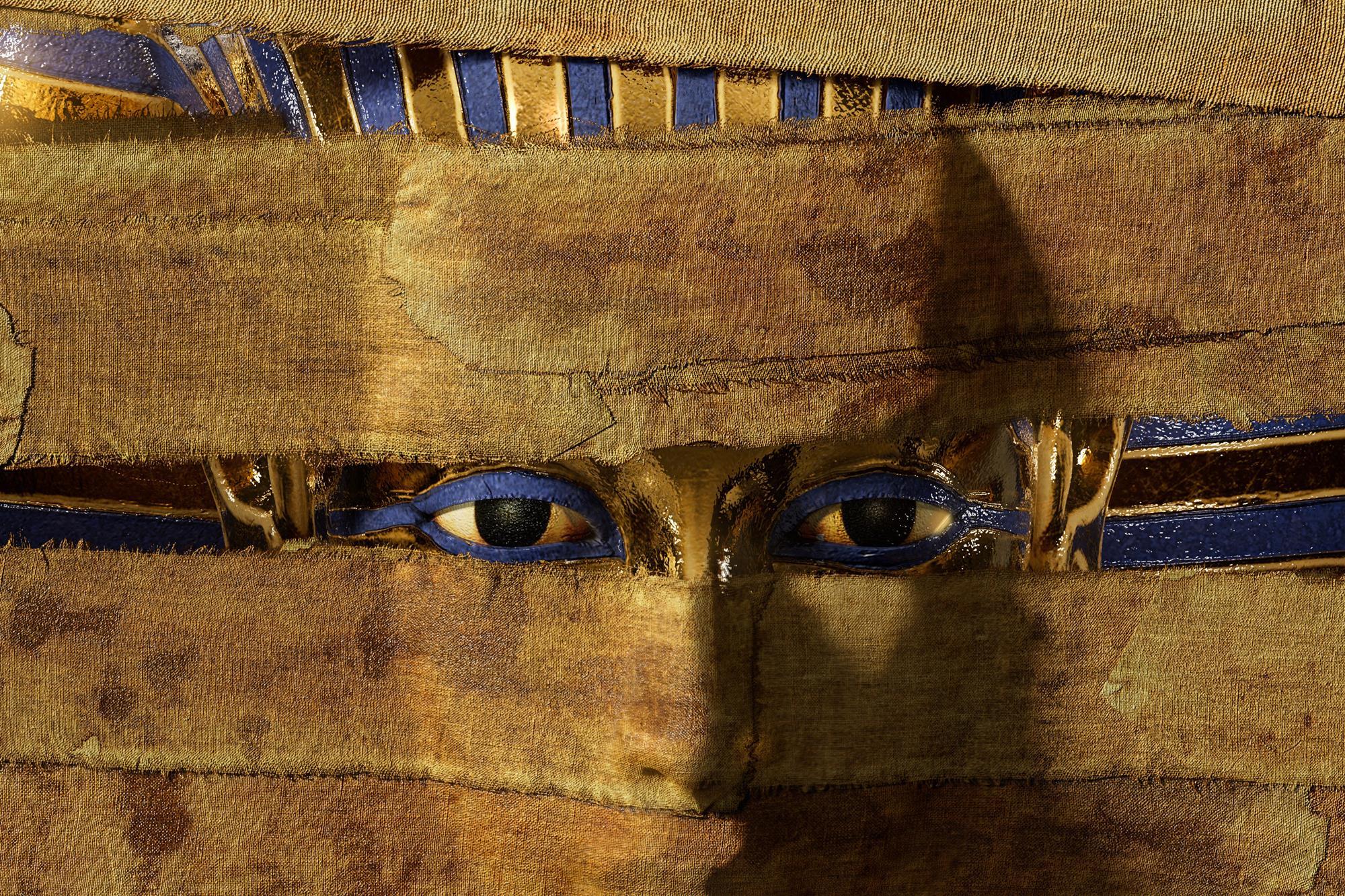
It’s a June summer evening in Delaware, and as Slaughter Beach gradually clears of visitors, another crowd takes over. It’s the mating season for horseshoe crabs, and thousands of these ancient creatures are emerging onto beaches throughout the eastern US shoreline.
This emergence also marks the beginning of the horseshoe crab harvesting season. Each year, roughly 1 million of these crabs are gathered for their blood, which possesses unique properties that have likely saved your life at some moment. But what is it that makes their blood so extraordinary?
### Are they truly crabs?
Despite their designation, horseshoe crabs are not crabs in any sense. They fall under a different category of arthropods, known as chelicerates, which are more closely related to spiders. They are among the oldest species still in existence and have been on Earth for around 450 million years, enduring five mass extinctions while mostly remaining unchanged. In fact, they are so ancient that their blood is not based on iron like human blood, but rather copper, giving it a striking blue color.
It’s this blood that led to the development of the horseshoe crab fishery. Since the 1970s, the pharmaceutical sector has counted on horseshoe crab blood to confirm that vaccines and other injections are free from pathogens, due to their unique immune reaction.
### What makes horseshoe crab blood unique?
While we have a neat and structured closed-circulatory system made up of blood vessels, horseshoe crabs possess an open-circulatory system; their blood flows freely within their body cavity. While this allows them to endure the high pressures of the ocean floor, it also exposes them to infections that can swiftly propagate.
To combat this, horseshoe crabs have amoebocytes (the equivalent of our white blood cells) filled with granules of coagulogen. When an amoebocyte comes into contact with endotoxins present in the cell membrane of a bacterium, it releases these granules, initiating an enzymatic cascade that leads to the formation of a gel around the invading endotoxin. This clot immobilizes the intruder, rendering the pathogen harmless.
This clotting method is utilized by scientists as a straightforward visual confirmation of endotoxins in a sample. Thus, the Limulus Amebocyte Lysate (LAL) extract was created (or the Tachypleus Amebocyte Lysate (TAL) test when sourced from the Asian tri-spine species). Previous to this test, scientists would inject numerous rabbits with the drug being tested and await signs of infection. The LAL test was perceived as a more humane and less wasteful approach. However, this is not the complete picture.
### How is horseshoe crab blood collected?
Horseshoe crabs are captured, bled in a laboratory, and then returned to their natural habitat. However, while we leave a blood donation feeling good and healthy, approximately 15–30% of these horseshoe crabs do not survive. This is due to the fact that around 30% of their blood volume is taken (in comparison, a typical human blood donation is about 10%). Research indicates that this bleeding can diminish mating activity, impair immune function, and heighten susceptibility to predation.
Moreover, the practices for harvesting are inadequately regulated in many regions. An investigation by NPR revealed that, in the US, fishermen employed by bleeding companies mishandled horseshoe crabs and, in certain instances, even breached harvesting regulations. Globally, horseshoe crabs are also sought after by smugglers due to the lucrative price their blood commands, around $16,000 (£11,770) per liter.
These issues indicate an industry that is contributing to a persistent decline in global horseshoe crab populations due to a mix of overfishing, climate change, and habitat degradation. In their former stronghold in Delaware Bay, numbers have plummeted by two-thirds, and in China, the region’s own species of horseshoe crab (the tri-spine horseshoe crab) has decreased by 90% in some locales, a trend mirrored throughout Asia.
These declines are believed to have been exacerbated by the rapid increase in demand for LAL testing for Covid-19 vaccines. As of now, the tri-spine horseshoe crab is regarded as endangered, while the American species is classified as vulnerable.
### What are the alternatives to wild collection?
The surge related to Covid-19 prompted some organizations to explore aquaculture. Anthony Dellinger’s team at Kepley BioSystems discovered that aquacultured horseshoe crabs could be bled at 10% of their volume up to 24 times a year, achieving a 100% survival rate. According to their 2020 research, around 60,000 crabs could surpass current biomedical needs.
So why haven’t more companies embraced this method? Horseshoe crabs are costly to farm and require 10 years to reach maturity. Furthermore, meeting their nutritional needs in captivity is